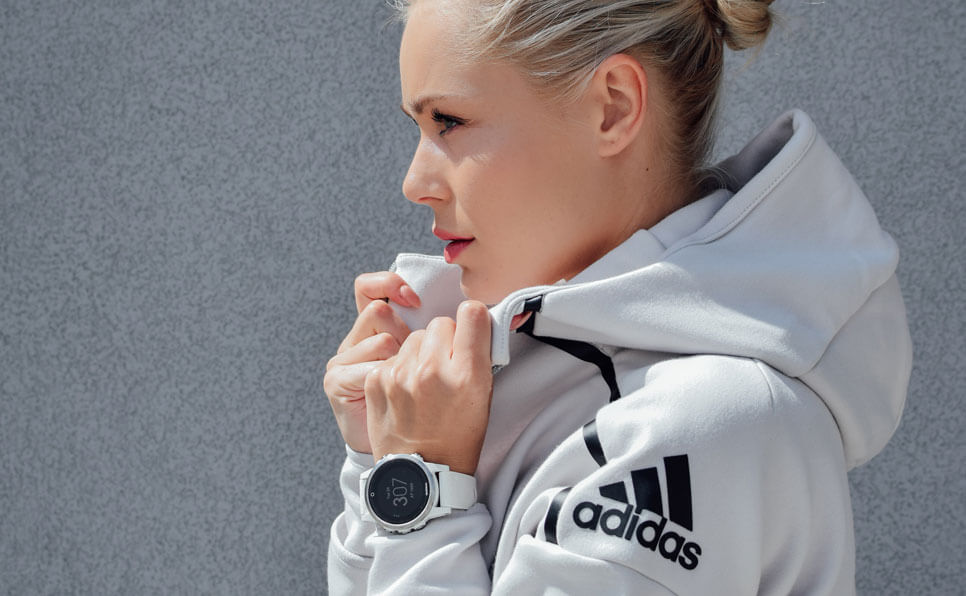2021 Advertising Trends: here’s what nobody is talking about

The advertising landscape is constantly evolving, and 2021 was a pivotal year for marketing, driven by the pandemic’s lingering effects, changing consumer behaviors, and innovations in technology. While much has been said about the major trends like increased use of digital platforms, video content, and personalization, some of the subtler, yet significant trends have flown under the radar. These overlooked shifts have the potential to reshape the future of advertising, making them just as important to understand.
Let’s take a deep dive into some of the 2021 advertising trends that many may not be talking about but should be on every marketer’s radar.
1. The Rise of Voice Search Advertising
While voice assistants like Siri, Alexa, and Google Assistant have been around for years, 2021 saw a surge in voice search usage. Consumers have become more reliant on voice commands, especially as smart home devices continue to penetrate everyday life. The increased use of voice search means advertisers need to rethink their strategies for search engine optimization (SEO) and pay-per-click (PPC) advertising.
Voice search queries tend to be longer and more conversational than traditional text-based searches. As a result, advertisers must craft content that answers specific questions directly and succinctly. This shift is already leading to the rise of voice search advertising, where businesses can integrate spoken ads into podcasts, music streaming services, and other audio platforms. While this trend is still emerging, it’s one to watch as more consumers embrace voice-enabled technologies.
2. The Transformation of Consumer Trust and Data Privacy
In 2021, consumers became more conscious of how their data is collected, used, and shared. Privacy concerns reached a tipping point, especially with the implementation of stricter data protection laws such as the General Data Protection Regulation (GDPR) and the California Consumer Privacy Act (CCPA). But what’s less discussed is how this growing emphasis on privacy is shifting the focus of advertisers toward first-party data.
First-party data—information collected directly from a company’s customers—is becoming a goldmine for advertisers. This data is more reliable, less intrusive, and provides better targeting opportunities. The move away from third-party cookies (which track users across multiple sites) due to new privacy regulations has pushed brands to rethink their data strategies, with a greater focus on building direct relationships with their customers through opt-in programs, loyalty schemes, and personalized content.
3. Social Commerce is Gaining Serious Traction
While social media platforms like Instagram and TikTok have integrated eCommerce features in recent years, 2021 saw the concept of “social commerce” truly come into its own. Brands are now not just advertising on social platforms but directly selling products through these platforms. Users can purchase items without ever leaving the app, streamlining the shopping experience and eliminating friction in the customer journey.
What’s interesting is that social commerce is no longer limited to just large brands. Small businesses are also capitalizing on this trend by leveraging features like Instagram Shop and Facebook Marketplace, reaching highly targeted audiences in innovative ways. Additionally, influencers are becoming key players in driving these sales, with “shoppable” content being a powerful method for creating seamless purchasing experiences directly from social media.
4. The Growing Impact of Sustainability and Ethical Marketing
Sustainability isn’t just a buzzword; it’s a growing concern among consumers, particularly millennials and Gen Z. In 2021, there was a significant shift in the way brands approach sustainability and ethical marketing, yet it remains underreported. Brands that genuinely embrace sustainable practices, from eco-friendly packaging to carbon-neutral shipping, are not just improving their brand image—they’re also building deeper connections with consumers who prioritize sustainability.
Ethical marketing also covers transparency in supply chains, fair trade practices, and social justice. Consumers today are more likely to support brands that align with their values, meaning companies that embrace ethical and sustainable initiatives are gaining loyalty and trust. This trend isn’t just about promoting eco-friendly products but about demonstrating an overall commitment to corporate social responsibility.
5. The Unexpected Power of Augmented Reality (AR) in Ads
Augmented Reality (AR) was one of those futuristic technologies that never quite hit mainstream advertising until 2021. With brands increasingly adopting AR experiences in their ads, this technology is becoming a key part of the digital marketing toolkit. From trying on makeup virtually to visualizing furniture in your living room, AR ads allow consumers to interact with products in new, immersive ways.
What’s particularly exciting is how AR allows brands to create hyper-personalized and interactive content that feels much more engaging than traditional ads. This trend has huge potential in sectors like retail, real estate, and even education, where consumers can explore products or experiences in a way that was previously unimaginable.
6. The Continued Importance of Micro-Moments
Micro-moments, those brief instances when consumers turn to their devices for quick answers, are still one of the most important trends in advertising—but they’re not being talked about enough. In today’s fast-paced world, people don’t have time for long advertisements or drawn-out content. Instead, they crave quick, digestible information that meets their needs in the moment.
Advertisers are recognizing the value of micro-moments by creating content that answers specific questions, offers value, and encourages immediate action. These moments, whether they’re searching for a quick solution to a problem or looking to make a last-minute purchase, are key opportunities for brands to connect with consumers and drive conversions.
7. Localized and Hyper-Personalized Advertising
While personalization has been a dominant advertising strategy for a while, 2021 has taken it to a new level by combining hyper-localization with tailored content. Thanks to the rise of data-driven insights and AI tools, brands can now target potential customers with highly localized ads, offering products and services that resonate with their immediate surroundings and specific needs.
For instance, local businesses can serve ads that highlight nearby deals, events, or store openings to people in a specific neighborhood, significantly increasing the likelihood of conversion. Hyper-localized ads also benefit from machine learning algorithms that optimize content in real time, making advertising more relevant and effective.
8. Shifting Attitudes Toward Influencer Marketing
Influencer marketing has been a dominant trend for the last few years, but 2021 marked a shift in how brands collaborate with influencers. While macro-influencers with millions of followers still have their place, there has been a growing recognition of the power of micro- and nano-influencers. These individuals may have smaller followings, but they tend to have more engaged and loyal audiences.
What’s more, brands are now looking for influencers who align authentically with their values rather than simply pushing products. This move toward more genuine partnerships with influencers has led to more meaningful and lasting brand relationships that go beyond product endorsements.
Conclusion: A Future Shaped by Innovation and Adaptation
While 2021 was a year of adaptation and recovery for many industries, the trends we’ve discussed reflect a deeper shift in the advertising world. As brands move toward more ethical, data-driven, and immersive advertising methods, the future of marketing looks to be defined by innovation, personalization, and consumer trust.
Though these trends may not have been the loudest topics of conversation, they are silently reshaping the advertising landscape. For brands that take the time to understand and embrace them, the opportunities for growth and customer loyalty are boundless. So, if you’re looking to stay ahead of the curve in 2025 and beyond, these are the trends you should be paying attention to today.


